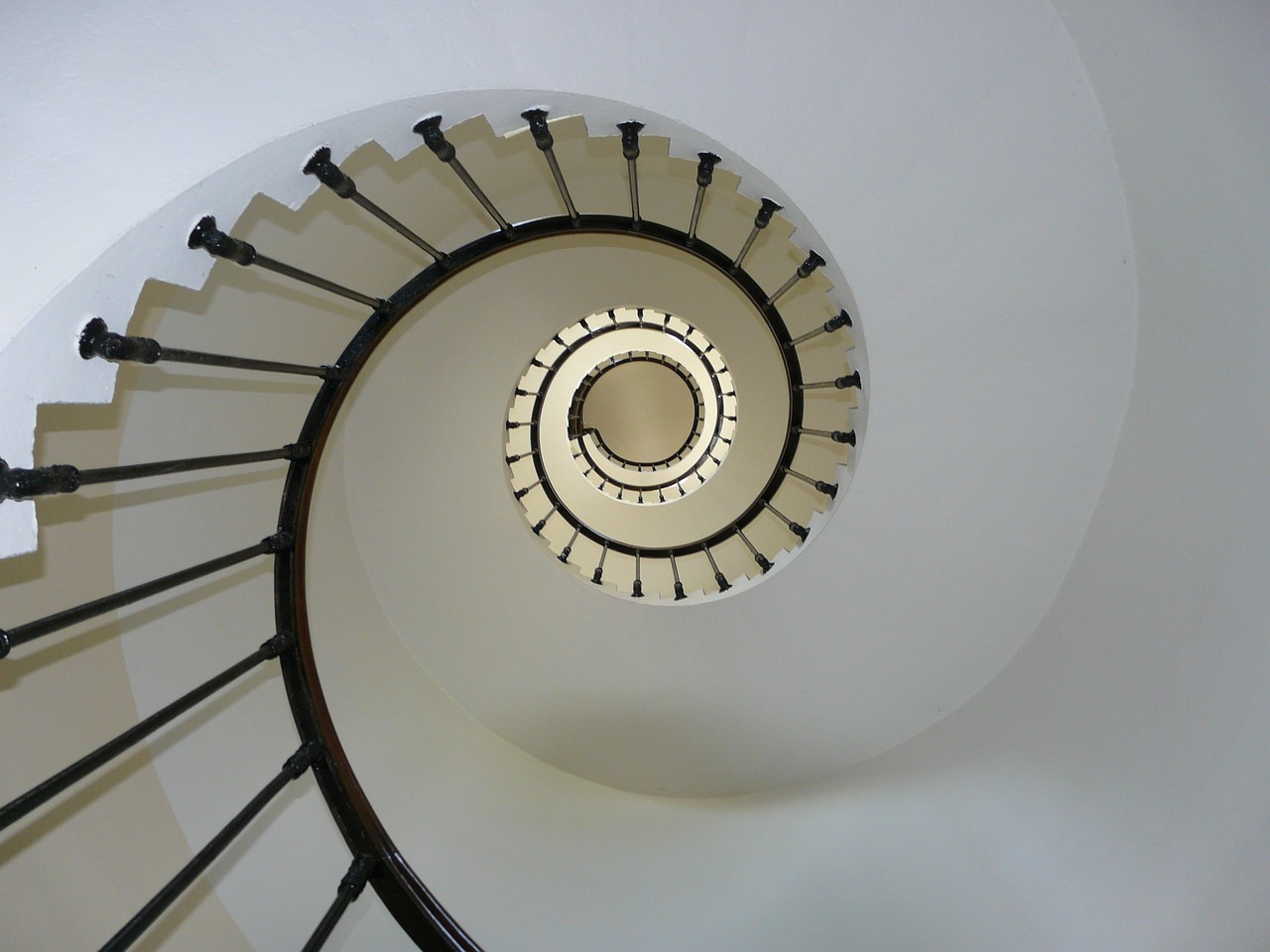In a world where aesthetics and visual appeal play a significant role in shaping consumer choices, design patents have become a crucial aspect of intellectual property. These patents protect the unique visual characteristics of products, ranging from the sleek lines of a smartphone to the iconic silhouette of a luxury car. Understanding the valuation of design patents and aesthetic innovations is not just an art but also a science. In this extensive article, we will delve deep into the intricacies of assessing the value of design patents and the critical role they play in today’s competitive marketplace.
The Essence of Design Patents
Design patents differ from utility patents in that they protect the ornamental and aesthetic aspects of an object rather than its functionality. Design patents grant inventors exclusive rights to the visual features that make a product distinctive. These visual features can encompass shapes, surface ornamentation, and even graphical user interfaces in the case of digital products.
Design patents are valuable assets for businesses as they allow them to safeguard the unique appearances of their products, preventing competitors from producing exact copies. This exclusivity can have a profound impact on a company’s market position and brand identity.

The Scope of Design Patents
Design patents are not limited to any specific industry. They apply across a broad spectrum, from consumer electronics to fashion, and from industrial design to user interfaces. The key criterion for design patent protection is that the design must be novel, non-obvious, and applied to an article of manufacture.
Design patents are often overlooked compared to their utility counterparts, but they can be a game-changer in highly competitive markets. As such, understanding how to accurately value these patents is essential.
The Valuation Framework for Design Patents
Valuation Methodologies
Design patent valuation follows distinct methodologies that are tailored to the unique characteristics of aesthetic innovations. Unlike utility patents, where future earnings and technology play a significant role, design patents rely heavily on visual appeal and brand recognition.
The Cost Approach
The cost approach to valuing design patents is a straightforward method that relies on estimating the value based on the expenses incurred in creating the design. This includes all the costs associated with the design’s development, such as research and development expenditures, design fees paid to designers or consultants, prototyping costs, and any other related expenses. While this approach is commonly used for assessing tangible assets, it can be challenging when applied to design patents due to the intrinsic nature of aesthetics and brand perception.
One of the primary drawbacks of the cost approach for design patents is that it does not account for the intangible aspects of aesthetics. Design patents protect the visual elements of a product, and assessing their worth based solely on expenses doesn’t capture the full scope of their value. A design may have cost a certain amount to create, but its true worth may exceed these expenses significantly if it possesses a unique and appealing visual character that resonates with consumers. As such, the cost approach alone may not provide an accurate representation of a design patent’s value and should be supplemented with other valuation methods that consider aesthetics and market perception.
The Market Approach
The market approach offers a different perspective on valuing design patents. Instead of focusing on the costs incurred in creating the design, it assesses the value by examining the prices at which similar designs have been licensed or sold in the marketplace. This approach looks at how much others in the industry are willing to pay for designs that share comparable visual characteristics. It is a practical approach that draws from real-world transactions to determine a design patent’s value.
However, the market approach has its own set of complexities when applied to design patents. The challenge lies in finding truly comparable design patents. Each design is unique in its own right, and while two designs may share some visual similarities, their distinct features and market positions can make them difficult to compare directly. Additionally, the market approach can be influenced by various factors, including market trends and demand, which can fluctuate over time. Despite these challenges, it remains a valuable method for assessing design patent value, especially when supported by data from actual licensing and sales transactions.
The Income Approach
The income approach, widely used for design patent valuation, takes a more dynamic perspective by focusing on the potential income generated by the design. This method considers various factors, such as licensing fees, royalties, and the design’s contribution to overall product sales. By assessing the income potential, it aims to determine the design patent’s present and future value. However, like other methods, the income approach encounters its own set of challenges when applied to design patents.
One of the primary challenges is that the income approach may not fully account for the intangible value of aesthetics. While it considers income derived from the design, it can be challenging to quantify the impact of a design’s visual appeal on consumer behavior accurately. Consumers are often drawn to products not just for their functionality but also for their aesthetic qualities, which can be difficult to quantify in monetary terms. Additionally, the income approach relies on assumptions about future income, and these assumptions may be subject to change due to shifting market dynamics and consumer preferences. Nonetheless, the income approach offers a more comprehensive perspective on design patent valuation, especially when combined with other methods and robust market data.
Unique Challenges in Valuing Design Patents
Valuing design patents presents unique challenges that set them apart from other forms of intellectual property. The subjectivity of aesthetics, the emotional connection between design and consumers, and the ever-evolving nature of design trends all add layers of complexity to the valuation process.
Subjectivity of Aesthetics
The subjectivity of aesthetics is a fundamental challenge when it comes to valuing design patents. Aesthetics are deeply personal and can vary significantly from one individual to another. What one person finds visually appealing, another may not share the same sentiment. This inherent subjectivity complicates the process of assigning a precise monetary value to the aesthetic features of a design patent. While some may consider a particular design to be a work of art and of immense value, others might perceive it as less remarkable. This subjectivity can lead to differences in opinions and assessments, making it challenging to arrive at a universally accepted valuation of the design’s aesthetic qualities.
To address this challenge, experts in design patent valuation often rely on empirical data and consumer surveys to gain insights into the general consensus on aesthetics within a specific market or target audience. Such data helps in quantifying, to some extent, the subjective nature of aesthetics and aids in making more informed valuations. However, the subjectivity of aesthetics remains a complex aspect of design patent valuation that continues to be a subject of ongoing research and refinement.
Emotional Connection
Designs have the remarkable ability to create an emotional connection with consumers. A beautifully designed product can evoke a range of emotions, including desire, luxury, nostalgia, and even a sense of identity. This emotional connection is a potent force that can significantly impact consumer behavior. Valuing this emotional connection is a complex task, as it involves understanding and quantifying the intangible aspects of design that resonate with consumers on a deeper level.
Consumers often form strong emotional bonds with products that they find aesthetically pleasing. They may be willing to pay a premium for products that not only fulfill a practical need but also evoke positive emotions. Recognizing and valuing this emotional component is crucial, as it can influence pricing strategies, marketing efforts, and brand loyalty. This emotional connection can make a beautifully designed product stand out in a crowded marketplace and drive consumer preferences, ultimately impacting the product’s market success.
Valuation experts employ various techniques to assess the emotional connection between a design and consumers, including consumer surveys, focus groups, and psychological research. These methods provide insights into how aesthetics impact emotions and, subsequently, consumer choices. Although quantifying these emotional aspects is challenging, it is essential in accurately assessing the value of design patents.

Ever-Evolving Trends
Design trends are in a constant state of flux. What is considered fashionable and appealing today may not hold the same value in the future. Design elements that are en vogue today may become outdated in a matter of years. Valuation models must consider the potential obsolescence of certain design elements, making design patent valuation a dynamic and forward-looking process.
The ever-evolving nature of design trends can introduce a level of risk into design patent valuation. A design that is highly coveted today may lose its appeal in the future, affecting its long-term value. Valuation experts must take into account the shifting landscape of design preferences and consider how trends may change over time. This forward-looking approach is essential for businesses that want to protect their design patents and make informed decisions about their investments in aesthetic innovations.
Furthermore, design trends are not isolated; they are influenced by cultural, technological, and societal factors. Therefore, valuation models need to incorporate a holistic understanding of these influences to anticipate shifts in design preferences accurately. Companies that stay attuned to evolving design trends and adapt their design patent strategies accordingly can maintain a competitive edge in the marketplace.
Data-Driven Approach to Design Patent Valuation
In an attempt to overcome the challenges associated with design patent valuation, a data-driven approach has gained prominence. This approach utilizes empirical data, consumer behavior analysis, and market trends to provide a more accurate assessment of design patent value.
Consumer Surveys
Consumer surveys can gauge the emotional connection consumers have with a particular design. By collecting data on consumer preferences, companies and analysts can gain insights into the potential market value of a design patent.
Market Data
Analyzing market data, such as the pricing of products with similar design elements, can help in determining the market value of a design patent. This data-driven approach relies on real-world market indicators to assess the value of design.
Emotional Response Testing
Emotional response testing involves measuring consumer emotions and reactions when exposed to a design. This approach can provide quantifiable data on the emotional impact of a design and its potential influence on purchasing decisions.
Real-World Applications
Design patent valuation has real-world applications across various industries. Let’s explore how it impacts businesses, legal considerations, and innovation.
In Business Strategy
For businesses, design patents are strategic assets. They not only protect the uniqueness of products but also influence consumer preferences. A well-designed product can command higher prices and create a distinct brand identity. Valuing design patents aids businesses in making informed decisions regarding licensing, protection, and leveraging their visual assets.
In Legal Disputes
Design patents are subject to legal disputes, especially in cases of alleged infringement. Accurate valuation plays a crucial role in these disputes, determining the extent of damages and royalties owed in case of infringement. Courts rely on precise valuation to make fair judgments in design patent cases.
In Innovation
Design patents incentivize innovation in the realm of aesthetics. They drive designers and companies to create visually appealing products that can capture market attention. Accurate valuation encourages further investment in design, leading to a more aesthetically pleasing consumer landscape.

The Future of Design Patent Valuation
The future of design patent valuation lies in the convergence of data analytics, machine learning, and behavioral economics. With advanced technologies and better access to data, we can expect more precise and data-driven methods for assessing the value of design patents.
Valuing design patents and aesthetic innovations is a multifaceted process that requires a nuanced understanding of aesthetics, consumer behavior, and market trends. The subjective nature of aesthetics, emotional connections between consumers and designs, and the ever-evolving nature of design trends make it a complex and challenging endeavor. However, as technology and data-driven approaches continue to advance, we can expect more accurate and reliable methods for determining the value of design patents. In a world where visual appeal can make or break a product, understanding the worth of design patents is paramount for businesses, creators, and the legal system.

